STINK BUGS
Your Stink Bug problem, Gone For Good, Guaranteed.
Request a Callback
We’ll give you a call to discuss the best pest application for you:

DESCRIPTION:
___
The brown marmorated stink bug, an insect not previously seen on our continent, has apparently been accidentally introduced into Cache Valley. Adults are approximately 2/3 inches long and are shades of brown on both the upper and lower body surfaces. They have the typical shield shape of other stink bugs, almost as wide as they are long. The name stink bug refers to the scent glands located on the dorsal surface of the abdomen and the underside of the thorax.
BIOLOGY:
___
The eggs are elliptical (1.6 x 1.3 mm), light yellow to yellow-red with minute spines forming fine lines. They are attached, side-by-side, to the underside of leaves in masses of 20 to 30 eggs.

HABITS:
___
In its native range, it feeds on a wide variety of host plants. Fruits attacked include apples, peaches, figs, mulberries, citrus fruits and persimmons. This true bug has also been reported on many ornamental plants, weeds, and soybeans. Feeding on tree fruits such as apples, results in a characteristic distortion referred to as “cat facing,†that renders the fruit unmarketable. It becomes a nuisance pest both indoors and out when it is attracted to the outside of houses on warm fall days in search of protected, overwintering sites. It occasionally reappears during warmer sunny periods throughout the winter, and again as it emerges in the spring.
Even though these insects do not harm humans and do not reproduce inside structures such as houses, they cause concern when they become active and conspicuous in fall and spring. If many of them are squashed or pulled into a vacuum cleaner, their smell can be quite apparent.

